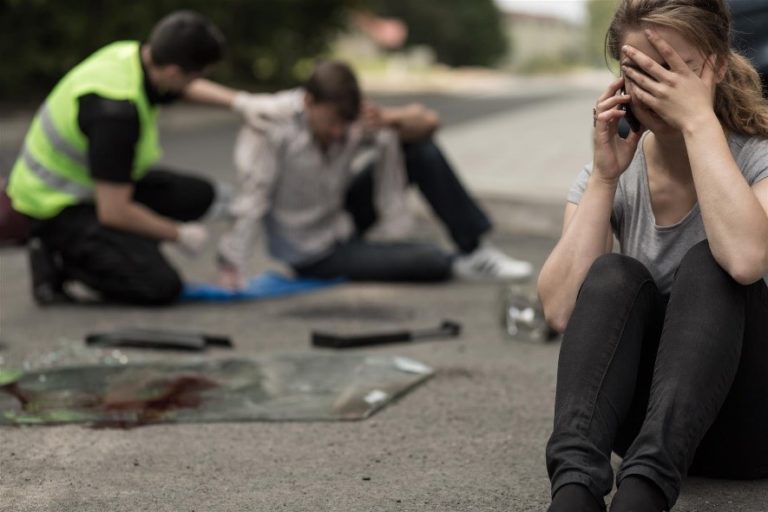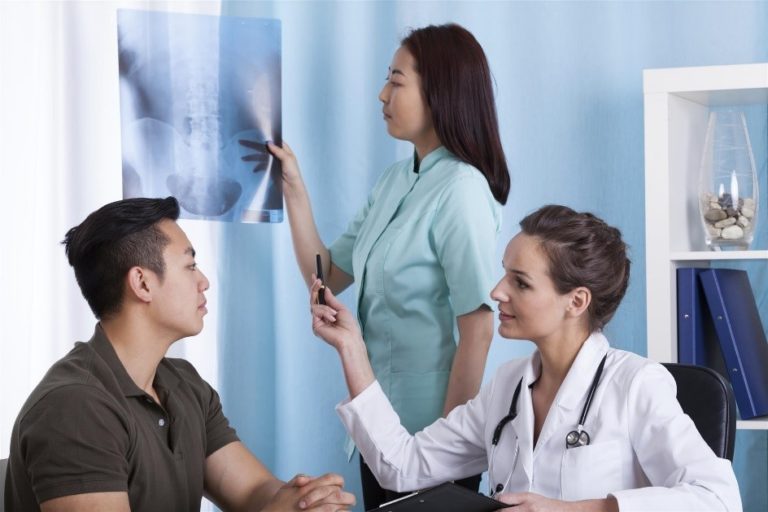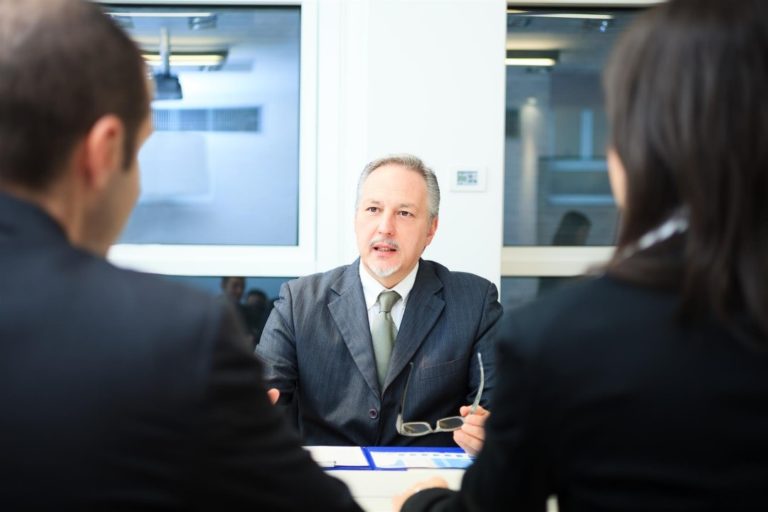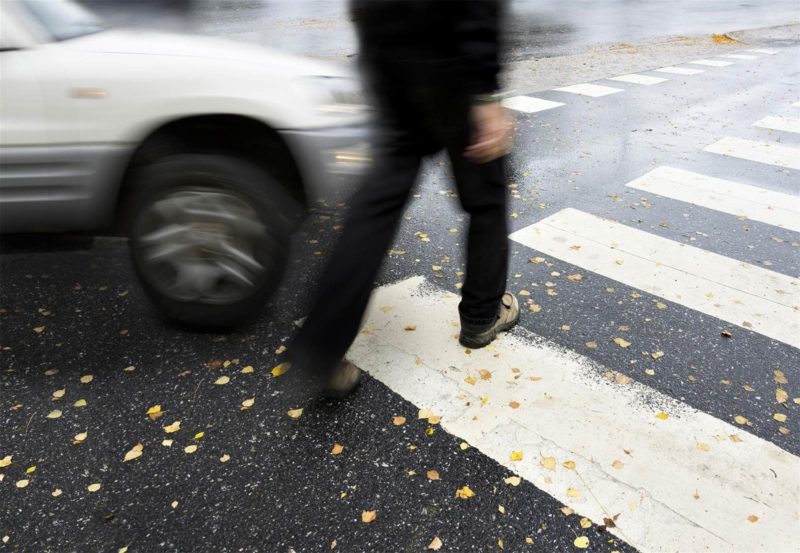Attorneys at The Dearie Law Firm, P.C. are experts in the field of motor vehicle and pedestrian knockdown cases. With more than 30 years of experience representing New York City residents and visitors struck by motor vehicles, injured pedestrians can feel confidence in consulting with The Dearie Law Firm after a pedestrian knockdown incident.
The sheer number of pedestrians and bicyclists traversing New York City streets makes dangerous encounters with automobiles inevitable. New York City is the most pedestrian-oriented city in the United States1.
In 2013, more than 16,000 pedestrians and bicyclists were injured on New York City streets, and 178 were killed. In 2015, at least 3,529 people were killed or seriously injured in New York City accidents.
While pedestrians and bicyclists usually cannot do anything to avoid an oncoming motor vehicle, they can take steps to mitigate the physical damage, and to preserve evidence that will help their case, should they need to seek compensation from the motorist who struck them.

Preventing a Pedestrian Accident
While no pedestrian or bicyclist wants to be struck by a motor vehicle, unfortunately, it is often unavoidable, as anticipating the timing and nature of drivers’ negligence is impossible. Nonetheless, some good tips for pedestrians include:
- Avoid looking at your phone when walking – Many pedestrians don’t see impending danger because they’re looking at their phones while walking on the sidewalk or crossing the street. When you’re walking, put the phone away and keep your eyes on your surroundings.
- Use sidewalks – If sidewalks are available, use them. Your tax dollars paid for them, and they’re there to keep you from walking in areas where cars are traveling.
- Wear bright clothing at night – If you’re walking New York sidewalks and streets at night, be sure that motorists can see you. Wear bright clothing or carry a flashlight so drivers will notice you. Joggers, cyclists, and walkers should be sure to wear reflective clothing.
- Pay attention to stop lights, painted signs, and pedestrian traffic signals – By keeping aware of traffic signs and signals, you’ll know when it’s safe to walk and when you should wait. Motorists will also be able to better predict your movements, helping them to avoid striking you.
If you do get struck by a motor vehicle, immediately consider and weigh your legal options. Pedestrians and bicyclists injured in accidents involving vehicles often have high medical bills and missed time from work, even if their injuries are minor, so it is often necessary to seek compensation from the at-fault driver to pay for those expenses. Personal injury attorneys can help guide pedestrian and bicyclist victims through the process of filing a suit and obtaining a settlement or judgment that compensates them for their losses, as well as pain and suffering.
Surviving a Pedestrian Accident
While it may not always be possible for pedestrians to avoid getting struck by a motor vehicle, in some cases, pedestrians with good situational awareness and presence of mind can mitigate injuries they may sustain in an accident. The following practice may help save your life or save you from serious injury should you be struck by a vehicle.
The truth is, if you’re about to be hit by a car, you probably won’t have time to react in a way that will lessen the impact and prevent injury. However, the few things you can do to mitigate the damage that may save your life include:
- Protect the most sensitive areas of your body. If you see that an accident is imminent, protect sensitive areas of your body. Broken bones and internal bleeding are injuries often sustained in these accidents. Life-threatening head injuries are also all too common in pedestrian-related auto accidents. If you’re about to be hit by a car, you can reduce your risk of serious injury or death by covering your head with your arms and trying to position your body so that your head is not hit by the vehicle.
- Attempt to prevent the risk of injury. Automobile windshields made after the 1970s consist of shatterproof safety glass. Instead of breaking into shards that can cut you, the glass breaks into beads. This glass can absorb some of the impact if you are struck, and it may prevent more serious injury.
- Try to act. If possible, try to leap on top of the hood if you’re about to be struck. You will still likely be injured, but you’re better off on the hood of the vehicle than being on the ground where the vehicle may roll over you.
Legal Recourse: What to Do After an Accident
If you’re a pedestrian or bicyclist who has been struck by a vehicle, what you or your friends or family do immediately after the accident can make a huge difference if you need to file a suit against the driver.
Your first priority after being struck by a vehicle is your own health and wellbeing. If you’re able to get out of the street and to a safe place, do so, and then contact the police or have someone contact them for you. When emergency responders arrive, ensure that you are examined by EMTs, even if you feel fine. Injuries may not immediately be evident, so it’s important to have trained medical professionals assess your status.

You or someone with you should get the driver’s information, including the license plate number, driver’s license number, telephone number, insurance information, and so on. At no point should you volunteer that you’re “okay” to the driver. Should the driver inquire about your condition, you should tell him or her that you are unsure and plan on getting assessed by a doctor.
Telling the driver of the vehicle that you’re okay could undermine a future claim for compensation. Also, refrain from admitting fault in the accident. If you admit fault, it could severely impact any claim for compensation you may make. Let law enforcement determine who is at fault in the accident.
You should insist on having a police officer come to the scene to gather information concerning the accident. Get any witnesses to give their account to the police officer, and give your own account to the officer.
After the accident, if you’re not going to the hospital, be sure to visit a doctor the next day for a checkup. You may have injuries that medical responders missed or that felt minor at the time but which begin to hurt later. Properly diagnosing and documenting these injuries is vital to any claim you may file.
Once you have seen a doctor, you should visit an attorney and discuss your options and legal rights. Don’t feel guilty about seeking an attorney. Your medical bills, lost work, and the value of your pain and suffering are likely to be considerable, and seeking compensation for these damages is entirely within your rights.

The Dearie Law Firm specializes in pedestrian and bicyclist knockdown cases, motor vehicle accidents, construction site accidents, medical malpractice, 9/11 Victim Compensation Fund, and much more. The firm offers easy accessibility to Dearie Law Firm attorneys and staff, with offices in Manhattan and the Bronx, as well as mobile law offices.
New York attorney John C. Dearie has vast experience helping clients through some of the most challenging and stressful times of their lives. The firm can help clients with their basic questions, such as “What kind of lawyer do I need?” or “What is the NYC no fault insurance law?” and explain every step of litigation to them.
The Dearie Law Firm treats its clients with honesty and compassion, and we take pride in the fact that many of our new clients are referred by satisfied former clients. If you’ve been injured in a pedestrian or bicyclist knockdown accident, contact The Dearie Law Firm today to seek justice.
Sources
1. (Weinberger, Rachel; Kaehny, John; Rufo, Matthew (2010). “U.S. Parking Policies: An Overview of Management Strategies” ), and more than 450,000 bicycling trips are made each day in the City
(http://www.nyc.gov/html/dot/html/bicyclists/cyclinginthecity.shtml).
2. https://www.cdc.gov/motorvehiclesafety/pedestrian_safety/
3. http://www.nyc.gov/html/visionzero/assets/vz-year-end-report.pdf

